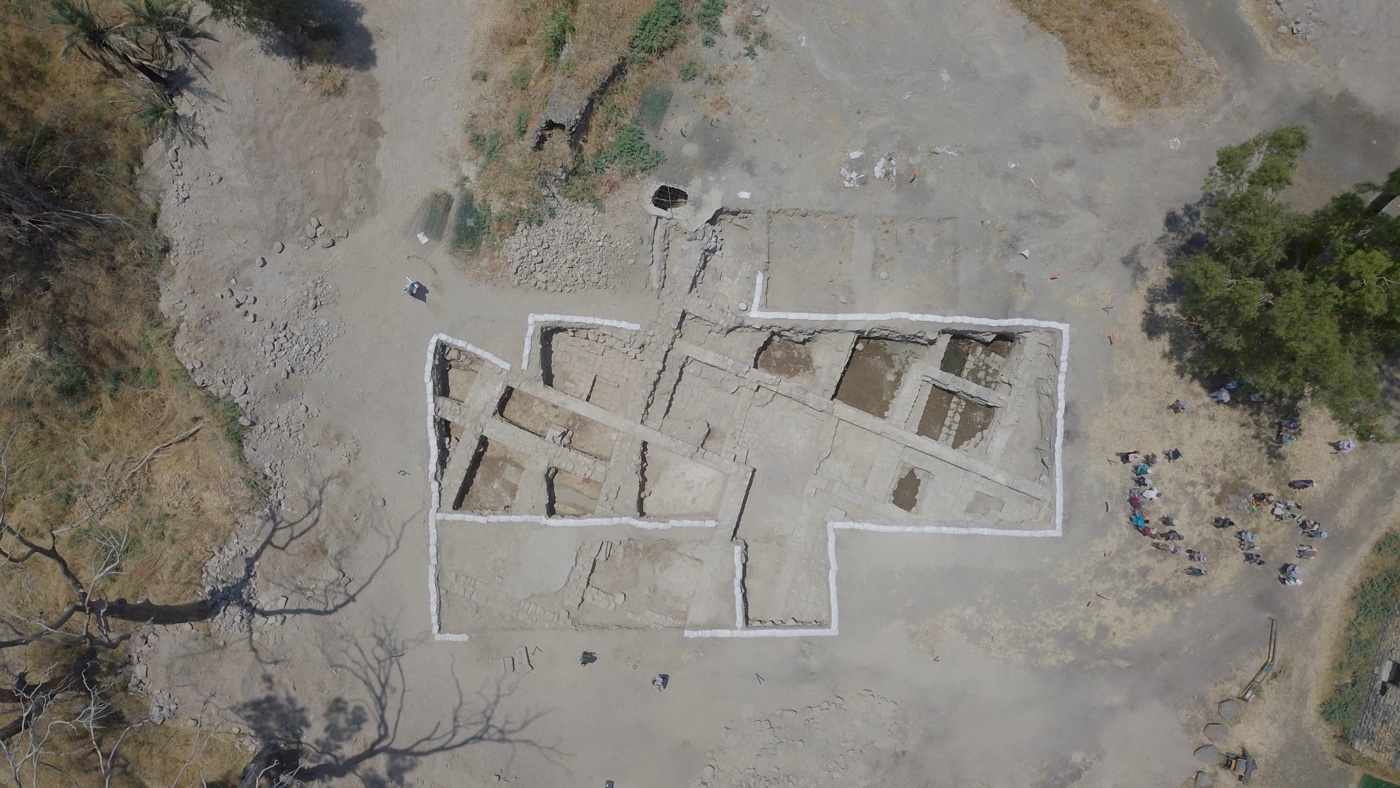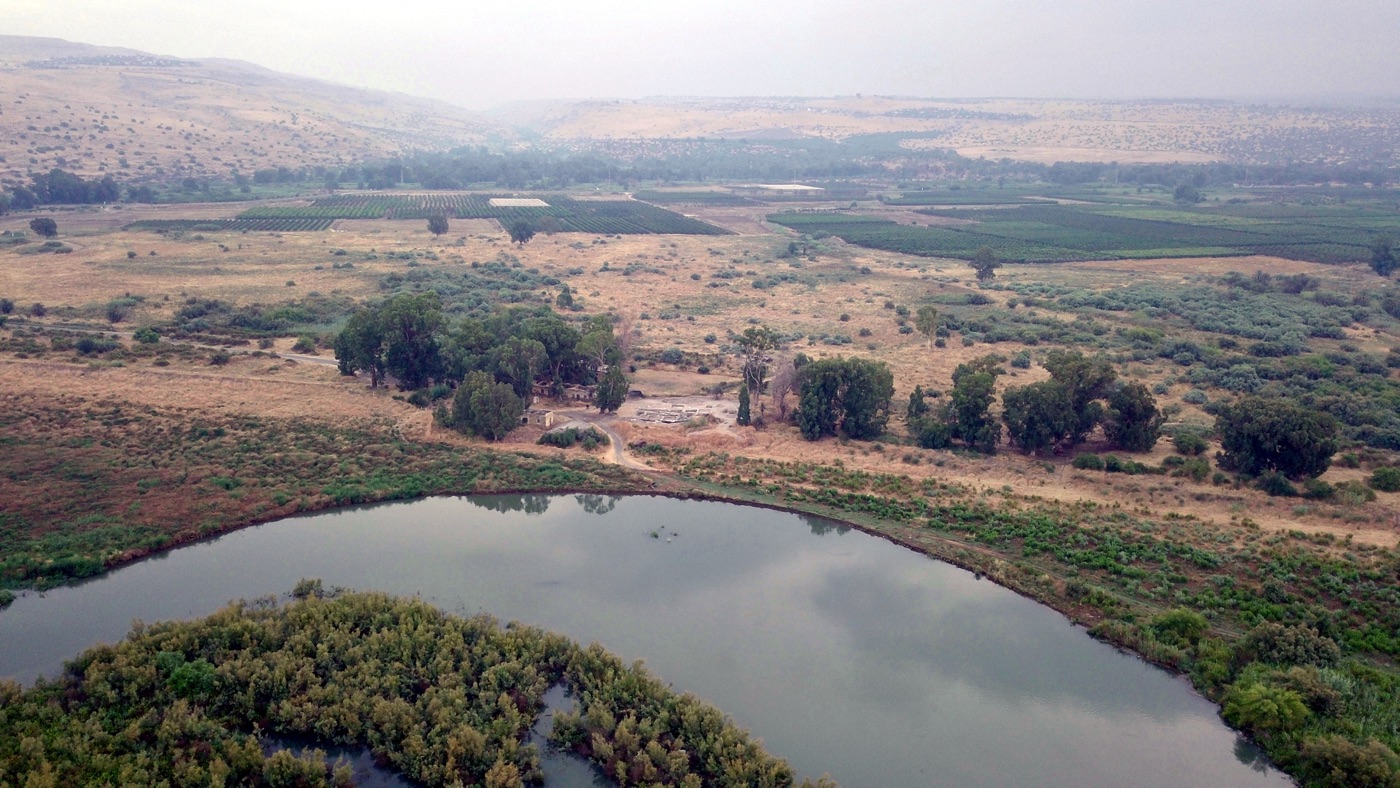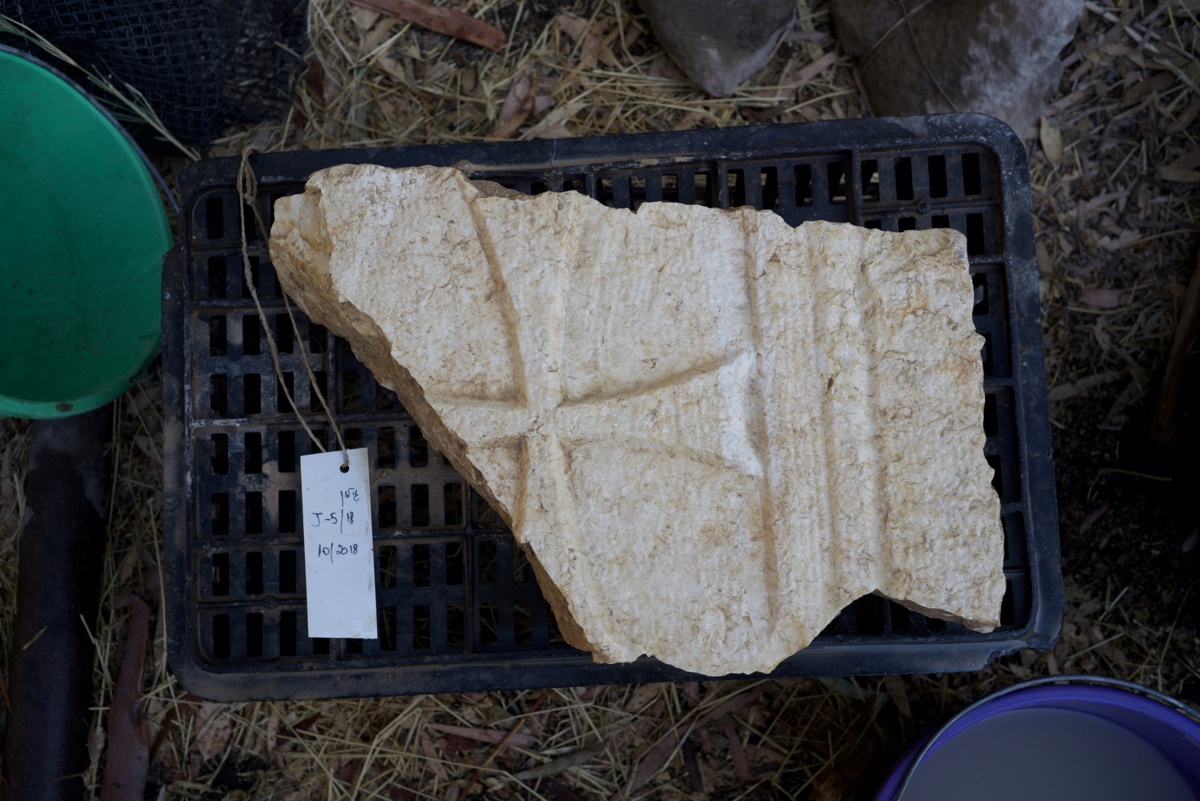Early Christian 'Church of the Apostles' Possibly Unearthed Near Sea of Galilee

A 1,400-year-old Christian church unearthed near the Sea of Galilee in northern Israel may be the legendary "Church of the Apostles" built above the traditional home of Peter and Andrew, two early followers of Jesus, archaeologists say.
The discovery comes after a team from the United States and Israel spent more than four years digging at the site, a short distance from the shores of the Sea of Galilee, which is actually a freshwater lake along the Jordan River.
Historical geographer Steven Notley from Nyack College in New York said the team now believes they have been digging at the site of the ancient Jewish fishing village of Bethsaida, which later became the Roman city of Julias. [See Photos of the Church of the Apostles Excavation Along the Sea of Galilee]
The discovery is controversial because archaeologists have been excavating an alternative site for the biblical village of Bethsaida since the late 1980s at nearby et-Tell, about a mile inland from the newer site on the lakeshore at Beit Habek, also known as El Araj.
But Notley said his team is now convinced that they have located the actual site of Bethsaida — and that the Byzantine-era church there is the one described by a Christian pilgrim in the eighth century as being built over the house of Jesus' apostles Peter and Andrew, who were brothers.
"We have only made that claim after three or four years of reservations," Notley told Live Science. "We have much more evidence to support our claim that this is Bethsaida."
Church of the Apostles
Bethsaida is mentioned several times in the New Testament: Jesus is said to have healed a blind man there, and nearby, to have fed 5,000 people with five loaves of bread and two fish. He was also said to have walked on the waters of the Sea of Galilee. [Image Gallery: Stone Structure Hidden Under Sea of Galilee]
Get the world’s most fascinating discoveries delivered straight to your inbox.
The small fishing village is recorded to have been home to at least three of Jesus' early followers — the apostles Peter, Andrew and Philip. After Jesus' crucifixion, Peter is said to have become the leader, or first pope, of the early Christian church.
The tradition of the Church of the Apostles dates back to A.D. 725, when a Bavarian bishop named Willibald visited Bethsaida and wrote about it, Notley said.
The archaeological team had known for some time that a church would be found on the site because of the discovery of carved marble and ornate pieces of wall mosaics. "We have had evidence for it, and it was just a matter of time until we actually found it," he said.
The mosaic floor and other archaeological features of the early church were finally revealed by the latest excavations this summer.
The team will now try to excavate the remains of the entire church before deciding whether to dig even deeper, perhaps down to an earlier religious structure or even the traditional house of the apostles themselves.
"A few people have wondered if the church is built over a former Jewish synagogue — the sanctity of sacred places was preserved in different periods, so this sort of layering takes place," Notley said. [Photos: Unusual Mosaics Decorated Ancient Synagogue in Israel]
Contending sites
Archaeologists from Nyack College and Kinneret College on the Sea of Galilee have been digging at the site at Beit Habek since 2016. In 2017, they announced that they had found the remains of a Roman town at the site, dating from between the first century B.C. and the third century A.D., The Jerusalem Post reported.
Notley said the small Jewish fishing village of Bethsaida grew and became the Roman city of Julias, which was described by the Jewish historian Josephus in the first century.
The Roman city then disappeared from contemporary records for about 200 years after the third century — possibly because it was flooded by the nearby Jordan River, he said.
But the excavations have shown that the site was again occupied during the Byzantine period, from the sixth century onward. The site would have become the Christian settlement — including the Church of the Apostles — that was described by Willibald in the eight century, he said.
The Byzantine settlement was abandoned during the Islamic period and then partly occupied by Christian crusaders in the 12th and 13th centuries, he said.
The alternative archaeological site proposed to be Bethsaida, at nearby et-Tell, is too far away from the lake to have been a fishing village, and seems to have been already in decline when Josephus wrote that Bethsaida was built up to become Julias, Notley said.
"I think it is a wonderful site, in particular in the Iron Age remains there … I just don't think it fits what we would be expecting to find," he said.
- 7 Biblical Artifacts That Will Probably Never Be Found
- Proof of Jesus Christ? 6 Pieces of Evidence Debated
- The 25 Most Mysterious Archaeological Finds on Earth
Originally published on Live Science.
Tom Metcalfe is a freelance journalist and regular Live Science contributor who is based in London in the United Kingdom. Tom writes mainly about science, space, archaeology, the Earth and the oceans. He has also written for the BBC, NBC News, National Geographic, Scientific American, Air & Space, and many others.






